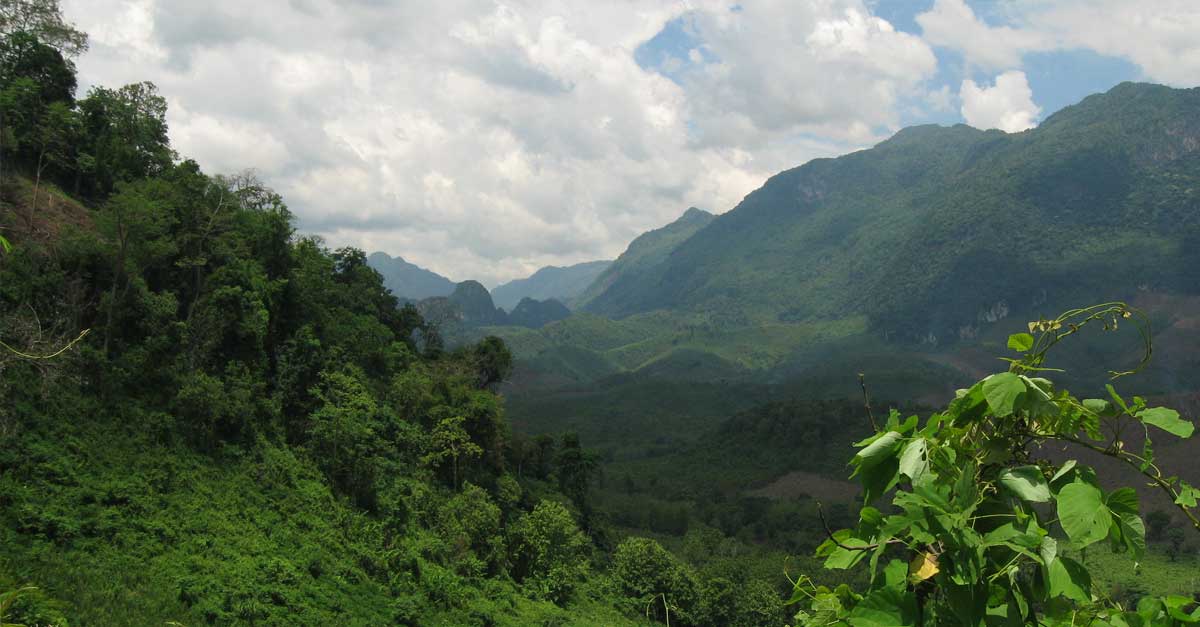The Swiss government has granted US$4.2 million for the third phase of the Support to the Reform of the Agriculture and Forestry Colleges (SURAFCO) project in Laos.
The objective of SURAFCO is to reinforce the quality and practical teaching in all five Agriculture and Forestry Colleges of Laos. The program is set to run from 2017 to 2020.
The technical support to accomplish the project is provided by HELVETAS Swiss Intercooperation and will focus on improving skills-based education, management of the colleges, campus infrastructure, updating teaching equipment, facilitating knowledge distribution and exchange events.
An agreement was signed on Monday by Deputy Minister of Agriculture and Forestry, Dr Phouangparisak Pravongviengkham and Director of Cooperation for the Mekong Region of the Swiss Agency for Development and Cooperation (SDC), Mr Tim Enderlin.
The renewed funding assists in the development of proficient human resources required to promote the modernisation of the agricultural and forestry sector in Laos.
The donation to the Reform Strategy of the Government of Laos will boost the number of qualified agricultural and extension workers in the public sector, employees in the private sector, self-employed farmers and entrepreneurs who can accompany the transition from subsistence-based to market-based agriculture.
The project has allowed the country to advance towards a commercial based agriculture system and provides the quality of human resources required by the public and private agricultural sectors.
The SURAFCO project has transformed the Northern Agriculture and Forestry College in Luang Prabang province into a centre of excellence for relevant upland agriculture education.
The five Agriculture and Forestry Colleges nationwide have benefited from the experience and are utilizing the same skills-based and student-centred curriculum. The nationally revised curriculum consists of 60 percent practical teaching and 40 percent theory to qualify for a higher diploma.
Within 2 years of graduating, 80 percent of graduates from the first two project phases between 2009 and 2016, had successfully found employment or were self-employed. Feedback from the public and private sector employers reveal that the education is seen as relevant and that graduates are capable of sufficiently applying what they’ve learned to their trade.
Mr Enderlin stated that SURAFCO project responded to the needs of destitute rural communities and contributed to the country’s efforts to reduce poverty.



